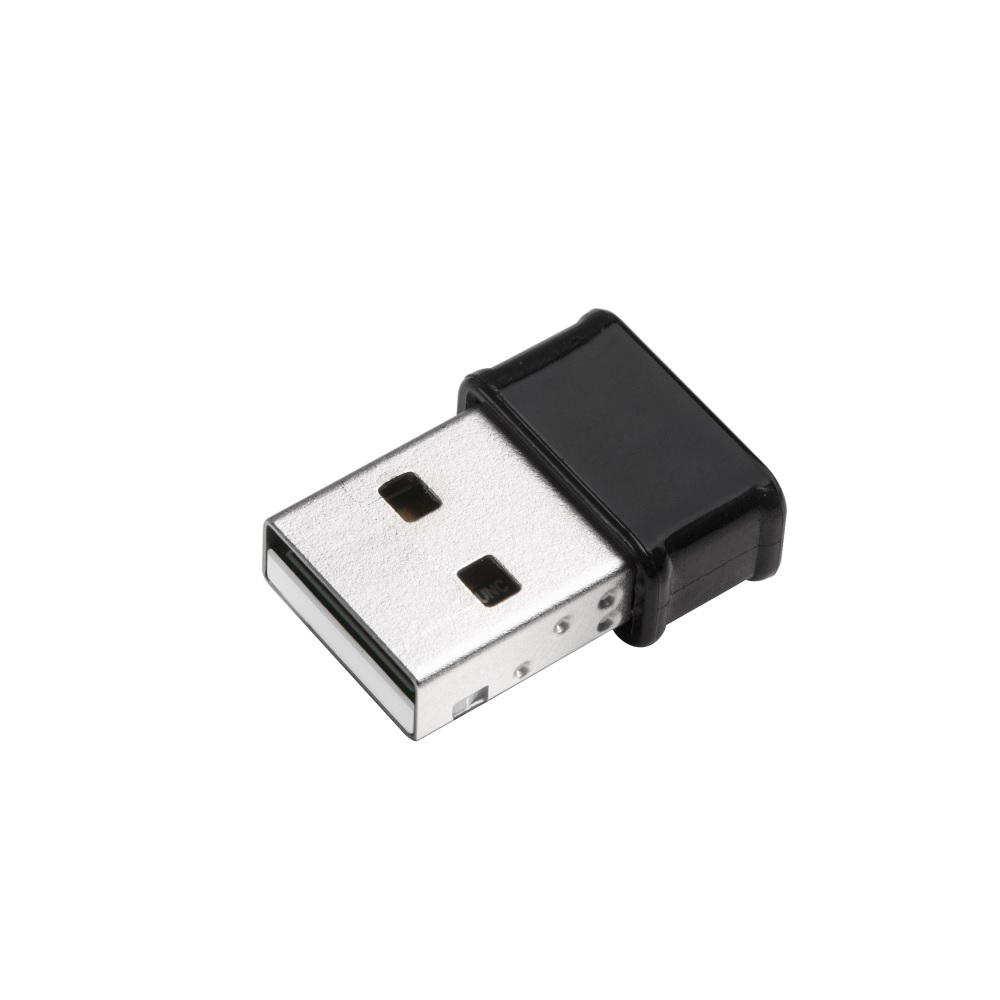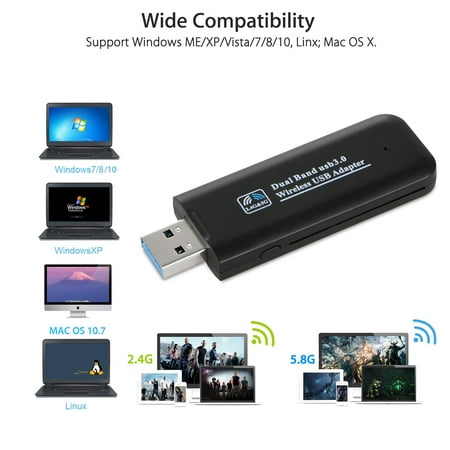Note: Do not physically connect the USB video adapter to your computer until instructed to (Step 7).
Mac os x wireless driver free download - R for Mac OS X, Apple Mac OS X Mavericks, Mac OS X Server Update, and many more programs. If you will be installing the Canon printer driver on Mac OS X and using the printer through a network connection, you can select Bonjour or Canon IJ Network in the Add Printer dialog. If Bonjour is selected, remaining ink level messages may differ from those indicated by Canon IJ Network.
Browse the top-ranked list of Mac Os X Keyboards below along with associated reviews and opinions. Microsoft - Surface Pro X Keyboard - Black. Plug-and-play receiver also allows you to add compatible mice and keyboards without the hassle of multiple USB receivers. Wireless Solar Keyboard K750 features a concave key cap design. Our 802.11n Wi-Fi USB adapter for Apple Mac is a wireless mini wireless USB adapter specially developed for Mac OS. It is compatible with: OS 10.4 Tiger OS 10.5 Leopard OS 10.6 Snow Leopard OS 10.7 Lion OS 10.8 Mountain Lion OS 10.9 Mavericks OS 10.10 Yosemite OS 10.11 El Capitan OS 10.12 Sierra OS 10.13 High Sierra OS 10.14 Mojave.
- Download the latest drivers from the StarTech.com website (http://www.startech.com/Support). You can find the part number and product ID on the product’s packaging.

Note: Mac OS X will typically save the files to the Downloads folder that is associated with your user account (for example, hard_drive_nameUsersyour_nameDownloads).
- Double-click the DisplayLink.zip file.
- Double-click the MAC OS folder.
- Double-click the appropriate folder for your operating system.
- Double-click the DisplayLink Installer 75598.dmg file.
- Follow the prompts to install the new drivers. Restart the computer when prompted.
- Once Mac OS X has restarted, connect the USB video adapter to your computer.
Note: Installation might take several seconds to complete. During the installation your display might flicker; this is normal. Once the installation has completed you will see your Macintosh desktop extended to the additional monitor.
USB port types and names

USB (Universal Serial Bus) is an industry standard for connecting computers and other devices. It's available with many types of ports, and each type has a unique shape. On Mac computers, USB is available with these ports, depending on your Mac model:
USB-A
Type USB-A ports are commonly called USB, USB 2, or USB 3 ports, depending on the USB specification they support. They aren't reversible, so a USB-A connector plugs into the port only when oriented correctly.
USB-C
Type USB-C ports are available as either standard USB-C ports or Thunderbolt 3 ports that also support USB-C connections. They both look the same, and the connector plugs into the port in either orientation.
Learn more about identifying the ports on your Mac, as well as the adapters and cables you can use to connect older devices to type USB-C ports.
USB specifications
USB specifications are important primarily when you want the most speed and power for your USB device, or your device needs more power or is using too much power. Every USB port supports a particular USB specification, which determines the port's maximum>USB specifications on MacData transferPowerUSB 3.1 Gen 2
Also known as USB 3.2 Gen 2
Up to 10 GbpsUp to 15W at 5VUSB 3.1 Gen 1
Also known as USB 3.2 Gen 1 or USB 3
Up to 5 GbpsUp to 900 mA at 5VUSB 2.0
Up to 480 MbpsUp to 500 mA at 5VUSB 1.1
Up to 12 MbpsUp to 500 mA at 5V
To learn which specification is supported by a type USB-A or type USB-C port on your Mac model:
- Choose Apple menu > About This Mac, click Support, then click Specifications.
- Check the System Information app for more details, including about USB devices connected to USB ports on your Mac. Select USB in the sidebar, then select a USB bus on the right.

Get the best performance from your USB devices

USB specifications all work with each other, but speed and power are limited by the cable or device that uses the earliest specification. For example, if you connect a USB 3 device to USB 2 port, your device is limited to USB 2 speeds, and it can't draw more power from the port than can be delivered over USB 2. In other words, to get the best performance, make sure that the USB port on your Mac and the USB cable to your device meet or exceed the USB specification of the device itself.
If your Mac doesn't recognize a USB device after you plug it into your Mac:
- Check all connections: Unplug the device from your Mac, then plug it back in, and make sure that all cables and adapters are securely connected at both ends. Test with another cable or adapter, if available.
- Plug the device directly into your Mac instead of a USB hub or other device, and if necessary test with a different USB port on your Mac or device.
- Some devices need their own software, such as drivers or firmware. Others work without additional software. Check with the maker of your device, and install all available Apple software updates as well.
- If your device came with an AC power adapter, use it. Some devices can be powered by the USB port on your Mac. Others need more power than your Mac can provide.
- Restart your Mac.
Install Mac Os From Usb Drive
Learn more
Wireless Usb For Mac Os X Lion

Bootable Usb For Mac Os
- USB 3 devices can create wireless interference that affects Wi-Fi and Bluetooth devices. Learn how to resolve Wi-Fi and Bluetooth issues caused by wireless interference.
- Mac notebook computers with USB-C or Thunderbolt 3 can charge over that port using a compatible USB-C power adapter and cable.